
Ultrahigh pressure liquid chromatography maximizes efficiency, but, as defined by the resolution equation, the stationary phase is still a crucial consideration when attempting to resolve mixtures of compounds.

Ultrahigh pressure liquid chromatography maximizes efficiency, but, as defined by the resolution equation, the stationary phase is still a crucial consideration when attempting to resolve mixtures of compounds.
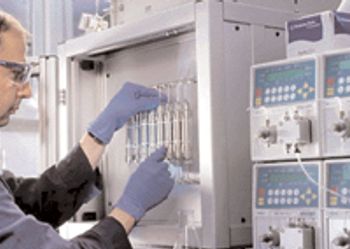
High performance liquid chromatography has become an efficient technique at the production scale, and simulated moving bed chromatography provides several benefits during processing.
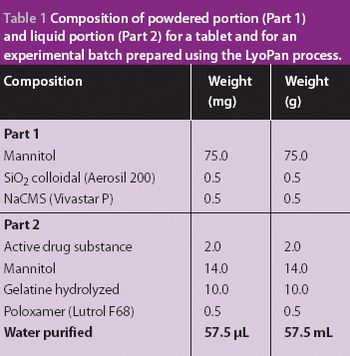
A new economical method for producing fast-melting lamina-like dosage forms.

In biomanufacturing, multiple sensors provide a wealth of data that could be used to enhance process understanding and assist in performance improvement. This article looks at how to move from a data-rich environment to one where the data are translated to useful information that leads to knowledge and, ultimately, process improvements.
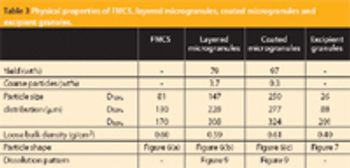
This article describes how rapidly disintegrating tablets containing a large quantity of an intensely bitter drug were successfully developed with a suitable level of masking, tablet hardness, disintegration property, dissolution profile and mouth feel.

Getting from a cell culture to a purified biotech product is a demanding exercise involving many operations. Increasing productivity in the upstream part of biotech production is placing new demands on the purification process, which may lead to adopting new technologies.
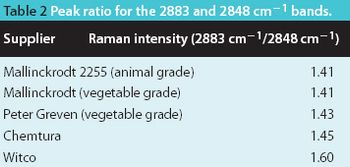
A new Raman spectroscopic method to detect magnesium stearate in powder blends and tablets is described. High-volume pharmaceutical manufacturing requires the use of lubricants to facilitate tablet ejection from compressing machines. However, lubricants may also bring a number of undesired problems that have been widely documented in pharmaceutical scientific literature. New analytical methods are needed to understand lubrication and provide process knowledge in support of FDA's process analytical technology initiative. The detection of magnesium stearate in lactose, mannitol, corn starch and other commercially important excipients is reported. The Raman spectroscopic method has a detection limit of about 0.1% (w/w) based on the 2848 cm-1 band that corresponds to the symmetric stretch of the methylene group in magnesium stearate.
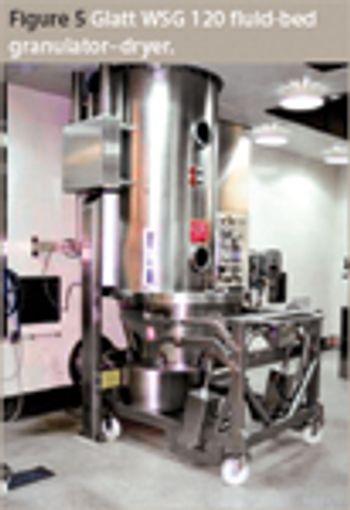
The authors evaluate the scalability of foam-granulation technology using continuous foam addition in high-shear granulation equipment at the laboratory, pilot and manufacturing scales. Immediate- and controlled-release model formulations were used. Continuous and batch addition of foam were compared for the controlled-release model formulation at the manufacturing scale, and physical testing was performed on the granules and finished tablets.

Microbix Biosystems has established a team of experts to help manufacturers boost their production of influenza vaccine.

Johnson & Johnson consolidates operations, Xceleron leases new facility, more
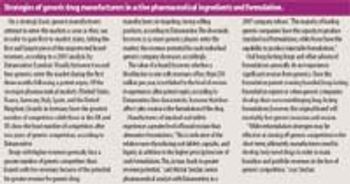
A spate of drugs are scheduled to come off patent, offering vast potential and competition.
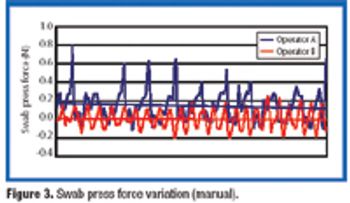
This article presents a study of an aseptic environmental monitoring system for surface contamination at critical areas using a robot.

Merck & Co. acquires NovaCardia, Sanofi Pasteur completes vaccine-manufacturing facility, more

Novartis Vaccines plans to produce approximately 40 million doses of its ?Fluvirin? vaccine for distribution in the United States during the 2007?2008 flu season.

A new guidance issued by the US Food and Drug Administration earlier this month advises companies on how to treat polymorphic drug compounds?those that exhibit multiple structural forms?in filing abbreviated new drug applications.

Novartis Vaccines and Diagnostics, a division of Novartis AG (Basel, Switzerland) and IntercellAG (Vienna, Austria), a biotechnology company, will collaborate toward developing a broad range of vaccines.

... the biotech industry could make characterization of its products easier by paying more attention to downstream processing and purification issues, creating a cleaner product that is easier to identify.

Washington, DC (June 14)-The US Department of Health and Human Services awarded two contracts totaling $132.5 million to Sanofi Pasteur and MedImmune to retrofit their influenza vaccine manufacturing facilities.

Basel, Switzerland (June 6)-Roche, in an agreement with the European Medicines Agency and the Swiss Agency for Therapeutic Products, recalled all batches of "Viracept" (nelfinavir) powder and tablets in Europe and some other regions of the world.

Rockville, MD (May 31)-The US Food and Drug Administration issued a draft guidance on how to design bioequivalence (BE) studies for specific drug products to support abbreviated new drug applications (ANDAs).

Rockville, MD (May 31)-The US Food and Drug Administration finalized guidances for seasonal and pandemic influenza vaccines, outlining the regulatory pathways for developing and approving these products.

Pharma companies and CMOs build positions in mAbs.

Nanotechnology is emerging as a tool for resolving challenges in delivering poorly water soluble and highly potent drugs.
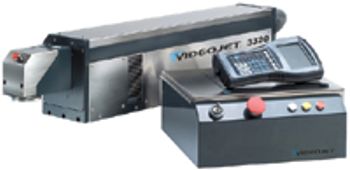
Exhibitors' products prevent counterfeiting, provide child resistance, protect product quality, and improve packaging-line efficiency.
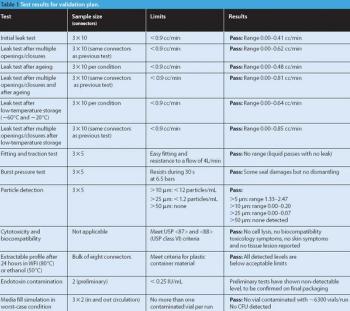
Sterile liquids are frequently transferred during the processing of sterile liquid drugs such as injectables or ophthalmic drops. Several types of transfer can be performed, each requiring a validated method to ensure the desired sterility-assurance levels are achieved.